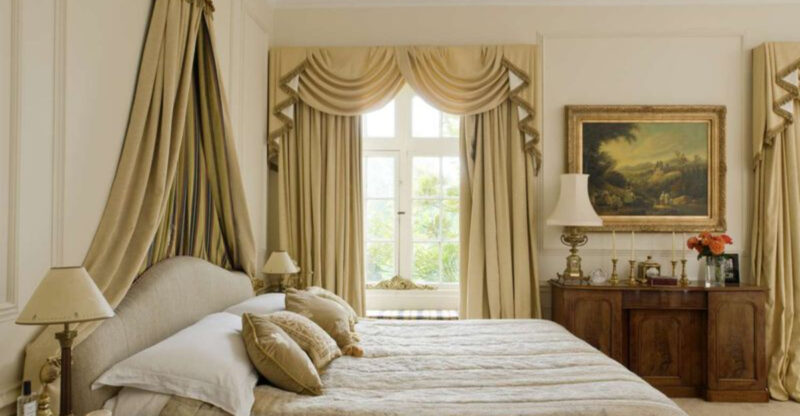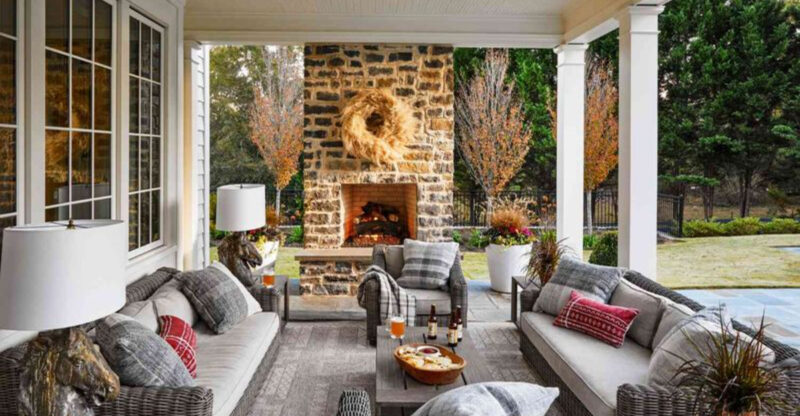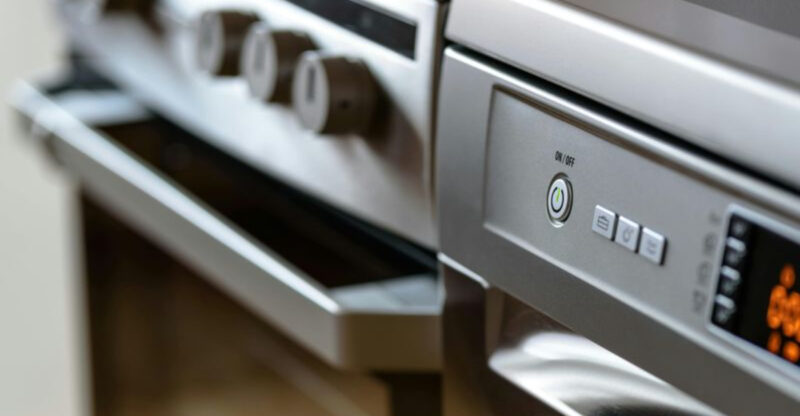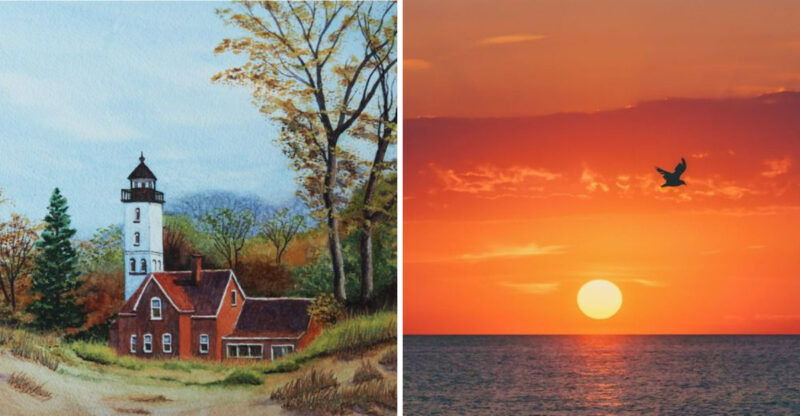Texas Heritage Homes: 8 Curb Appeal Looks That Never Go Out Of Style
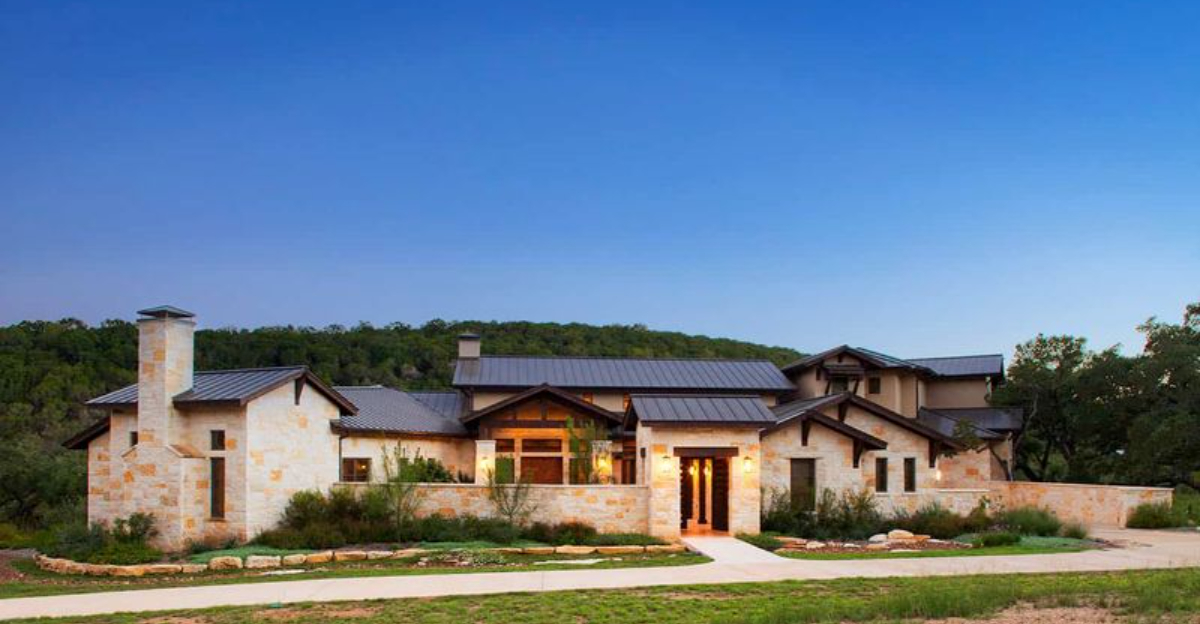
Texas homes tell stories through their distinctive architectural features, reflecting both history and practicality.
From the scorching summer heat to the occasional winter freeze, these timeless design elements have stood the test of time while maintaining their visual appeal.
Whether you’re renovating a century-old farmhouse or building a new home with traditional flair, these classic Texas exterior features will ensure your property maintains its charm for generations to come.
1. Colonial Revival Porch
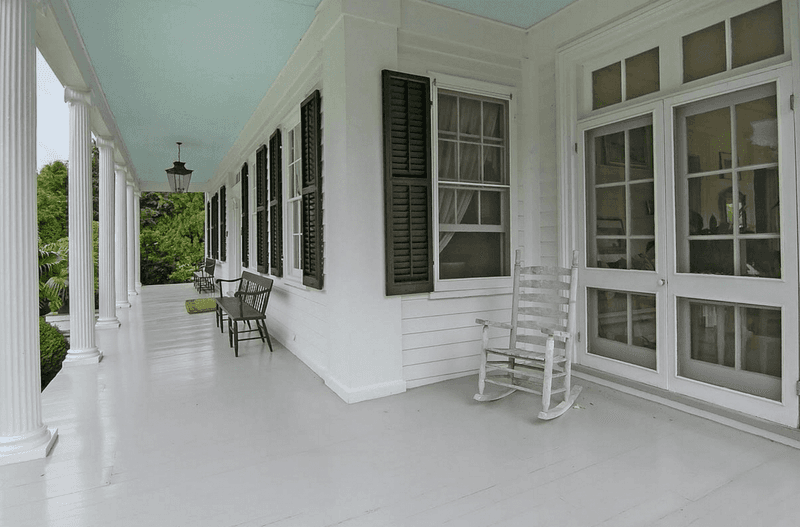
Nothing says “welcome home” quite like a grand Colonial Revival porch stretching across the front of a Texas heritage home. These spacious outdoor living areas emerged as practical solutions to the Texas heat long before air conditioning existed.
The symmetrical design typically features classical columns supporting a roof extension, creating a shaded retreat perfect for watching thunderstorms roll in or chatting with neighbors. White-painted wood railings and ceiling fans complete the look.
Many Texas homeowners enhance these porches with comfortable rocking chairs, hanging ferns, and ceiling painted haint blue – a tradition believed to ward off evil spirits while deterring insects. This architectural feature transforms your home’s entrance into an outdoor living room that invites relaxation and connection.
2. Craftsman-Style Tapered Columns
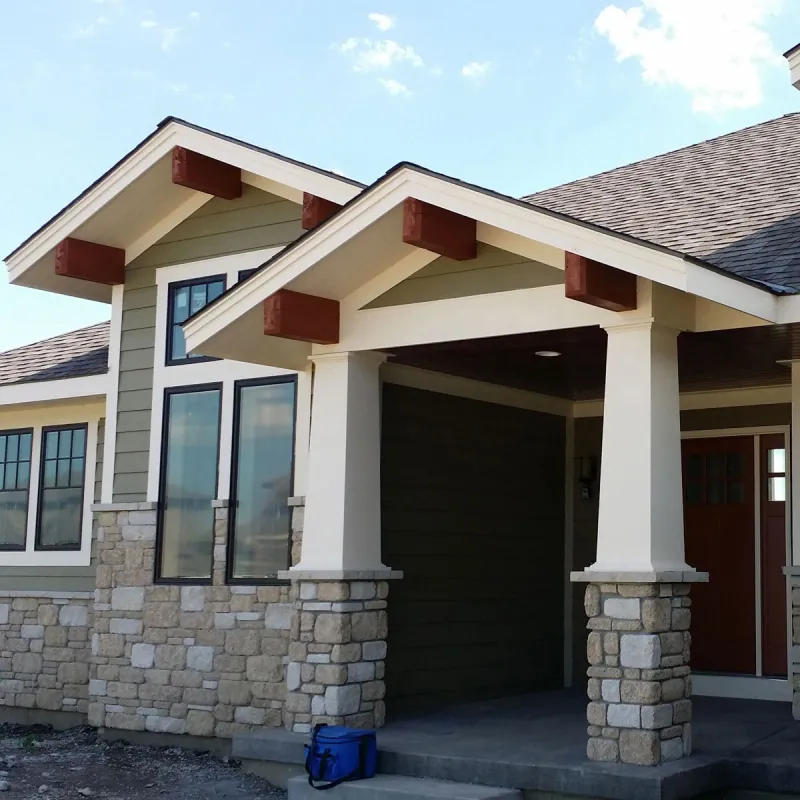
Have you ever noticed those distinctive columns that widen at the bottom on historic Texas homes? These tapered pillars are signature elements of Craftsman architecture that swept through the Lone Star State in the early 1900s.
Typically crafted from stone bases supporting wooden upper sections, these columns create a sense of solidity and handcrafted quality. The natural materials and proportions reflect the Craftsman philosophy of honest construction and regional materials.
Though simple in appearance, these architectural elements require skilled craftsmanship to execute properly. Modern Texas homeowners appreciate how these columns frame entryways while connecting to architectural traditions. When paired with deep eaves and exposed rafter tails, tapered columns create an instantly recognizable silhouette that feels both historic and timeless.
3. Brick Façade with Arched Entry

Brick exteriors have defined Texas architecture since the early settlers first fired clay from local soil. The rich, earthy tones of traditional red brick complement the Texas landscape while providing excellent insulation against extreme temperatures.
What makes this look distinctly Texan is the graceful arched entryway that frames the front door. These curved openings, often accented with decorative keystones or contrasting trim, create an elegant focal point that draws the eye.
It’s fascinating how brick patterns can vary across different regions of Texas from the uniform running bond in urban areas to the more rustic, irregular patterns found in Hill Country homes. Modern interpretations sometimes incorporate whitewashed or painted brick for an updated look while maintaining the timeless arched entry that signals arrival at a true Texas heritage home.
4. Gable Roof with Decorative Trusses
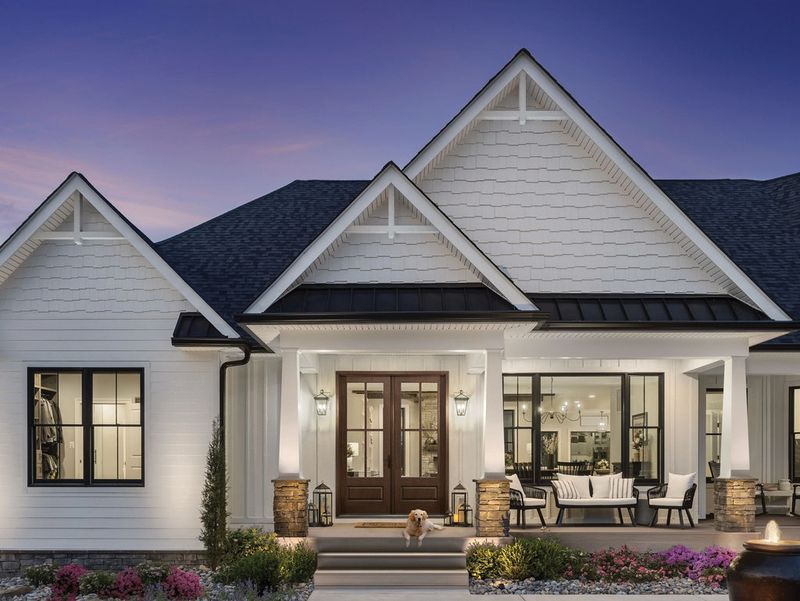
The distinctive triangular gable roof with exposed decorative trusses stands as a hallmark of Texas ranch and farmhouse architecture. This practical design sheds rain efficiently while the steep pitch provides attic space that insulates against the brutal summer heat.
Decorative trusses aren’t just pretty additions – they reveal the structural framework that supports the roof, celebrating honest craftsmanship rather than hiding it. The exposed wooden beams, often stained rather than painted, create visual interest through their geometric patterns.
During the 1800s, German and Czech immigrants brought these building techniques to Central Texas, adapting European designs to local conditions. Today’s homeowners appreciate how these architectural elements connect their properties to Texas’s pioneer spirit. Modern interpretations sometimes incorporate metal roofing for durability while maintaining the classic gable shape and decorative truss work.
5. Board-and-Batten Siding
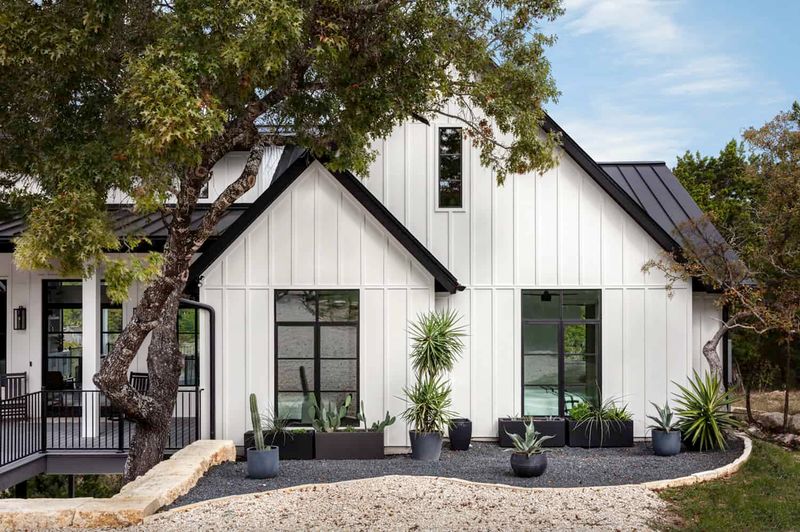
This distinctive vertical siding technique creates a rhythm of wide boards alternating with narrow wooden strips (battens) that has characterized Texas farmhouses for generations. The vertical orientation naturally sheds water while creating dramatic shadow lines that change throughout the day.
When early Texas settlers needed practical, affordable building materials, this technique emerged as a solution using locally-milled lumber. The vertical lines visually elongate walls, making even modest homes appear more substantial and stately.
While traditionally painted white to reflect heat, modern Texas homeowners sometimes opt for deep navy, sage green, or even black for dramatic contrast. The beauty of board-and-batten lies in its versatility – it works equally well on an entire façade or as an accent on gables and dormers. This timeless technique bridges historical authenticity with contemporary design sensibilities.
6. Wrought-Iron Porch Railings
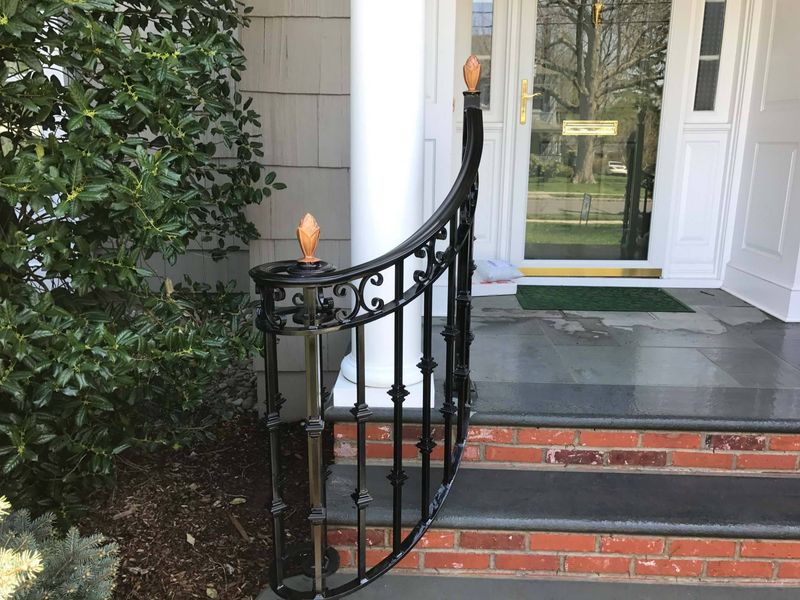
The delicate black scrollwork of wrought-iron porch railings reflects Texas’s Spanish colonial influence while providing practical safety barriers. These handcrafted metalwork features transform ordinary porches into artistic statements that cast intricate shadows across entry areas.
Blacksmiths in early Texas settlements shaped these railings using traditional techniques, with designs varying by region – more elaborate in San Antonio and simpler in frontier areas. The durability of wrought iron stands up to Texas weather extremes, developing a natural patina over decades that adds character.
Many heritage patterns incorporate Texas motifs like longhorns, stars, and bluebonnets. Modern Texas homeowners appreciate how these railings provide security without blocking views or breezes. When paired with climbing roses or jasmine, wrought-iron creates a romantic entrance that honors Texas’s multicultural architectural heritage while maintaining its practical function.
7. Stained-Glass Transom Windows

Jewel-toned transom windows above doors capture the imagination while serving practical purposes in traditional Texas architecture. These colorful glass installations allow light to penetrate deep into interior spaces while maintaining privacy – crucial before electricity became commonplace.
During the Victorian era, wealthy Texas cattle barons and oil families commissioned elaborate stained-glass designs featuring bluebonnets, oak leaves, and regional wildlife. The colored glass filters harsh Texas sunlight into soft, dappled patterns that dance across interior walls.
Though often associated with churches, these artistic elements found their way into residential architecture as symbols of prosperity. Modern Texas homeowners treasure original stained-glass transoms, often building entire renovation plans around preserving these irreplaceable features. Simple contemporary interpretations might incorporate geometric patterns or subtle blue and amber tones that reference Texas skies without overwhelming modern aesthetics.
8. Limestone Accents and Trim
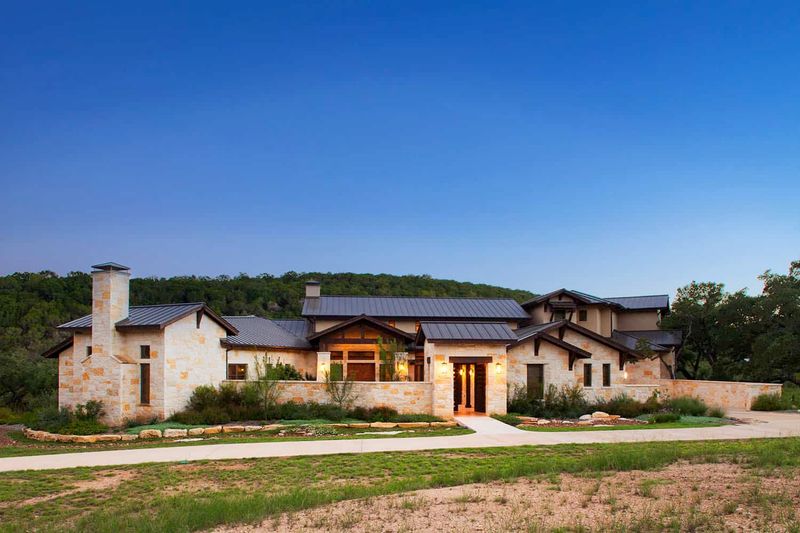
The creamy, honey-colored limestone that defines Hill Country architecture connects Texas homes literally to the land beneath them. Quarried locally since the 1800s, this native stone provides natural insulation while creating distinctive textural interest against other building materials.
Early German settlers in Fredericksburg and New Braunfels utilized limestone out of necessity, but its beauty quickly made it a sought-after design element throughout the state. The stone naturally weathers to develop a warm patina that improves with age.
Modern applications often feature limestone as accent elements window surrounds, entry arches, and foundation facings rather than entire structures. This versatile material pairs beautifully with both traditional and contemporary designs. Homeowners particularly value how limestone connects their properties to Texas’s geological heritage while providing durability that withstands decades of harsh weather conditions.

